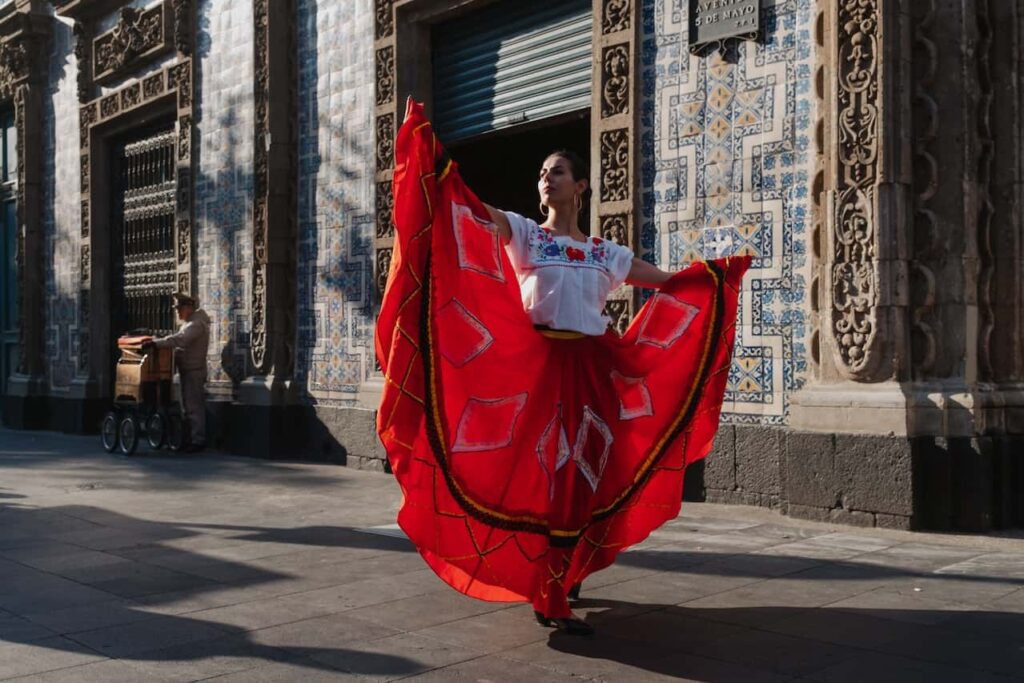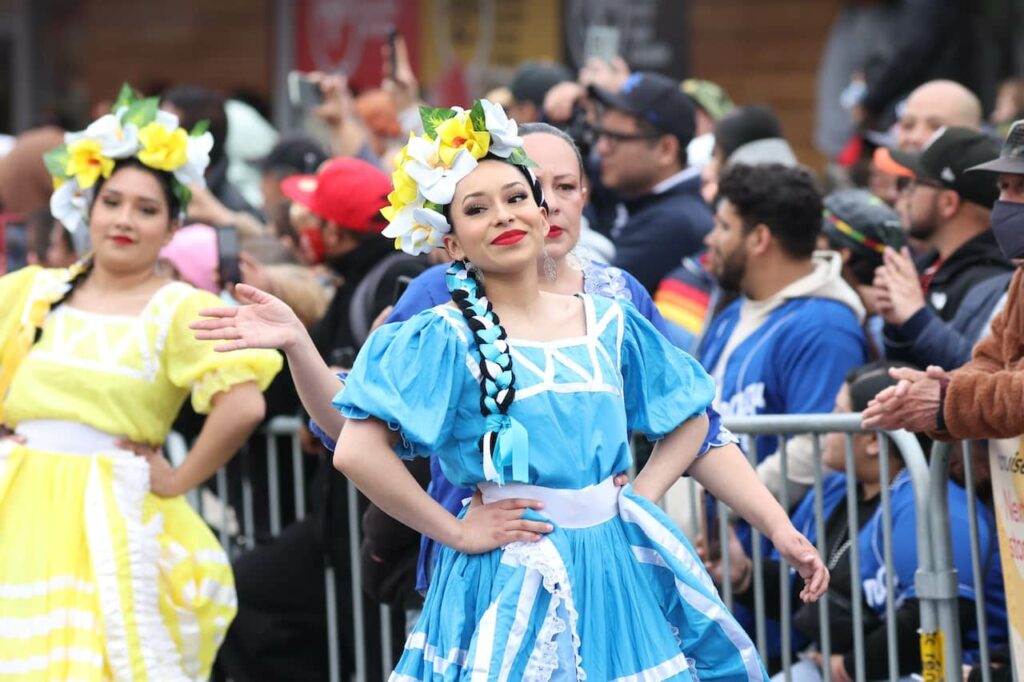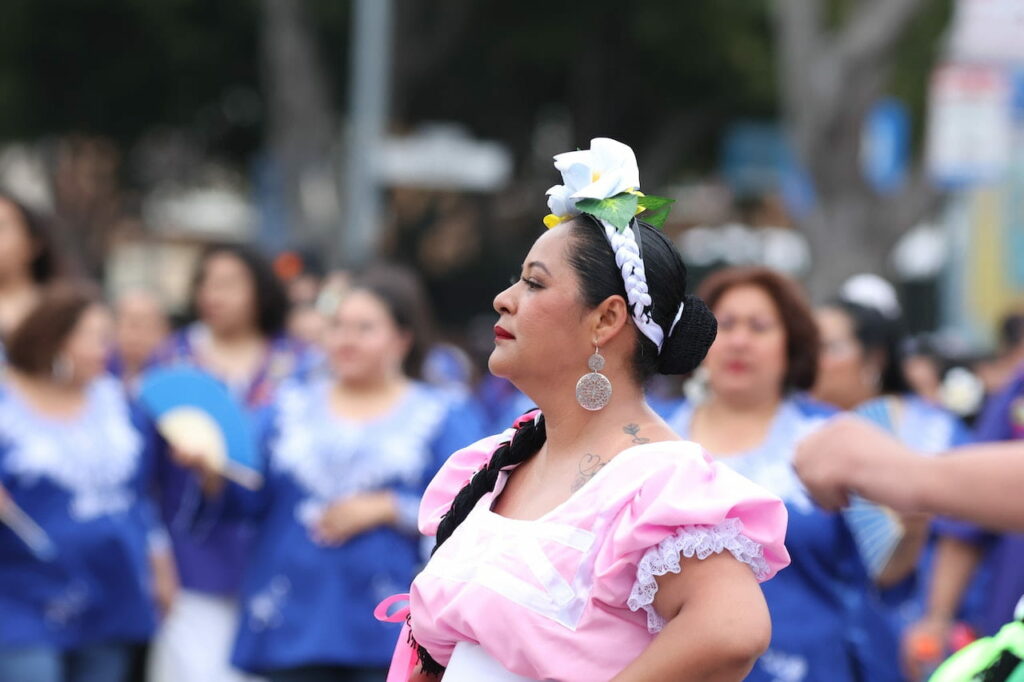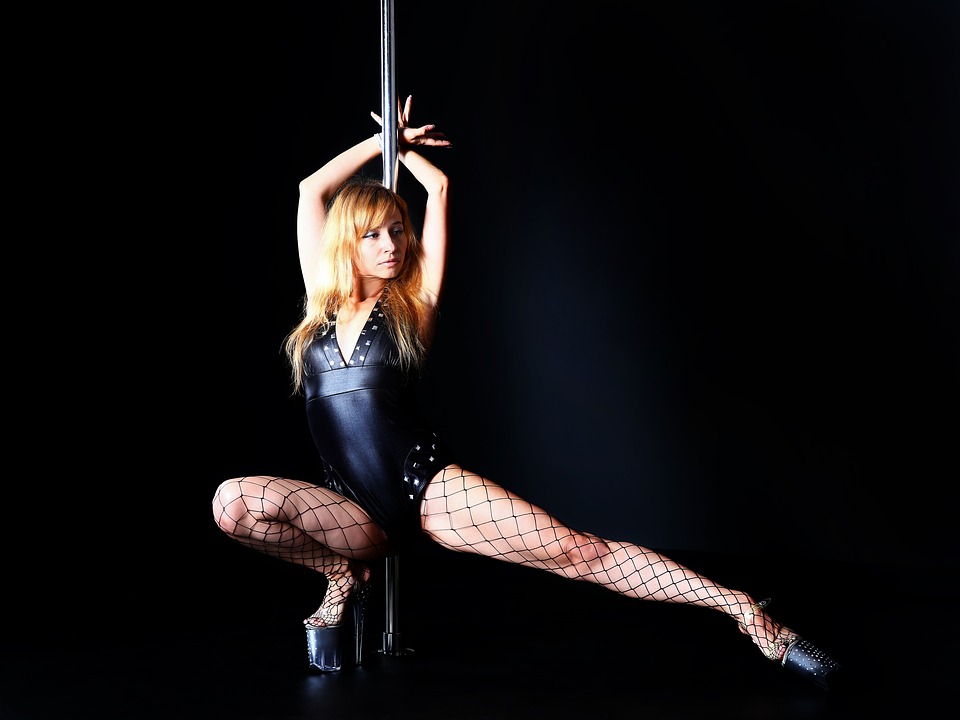
Summary
Welcome » Welcome » Guide to dance types » Traditional Spanish dances to know!
Traditional Spanish dances to know!
Hat, costume, extravagant movements, so many techniques and D'fireworks to attract the public. THE traditional Spanish dances are not only colorful, they also tell stories stories from various regions of the country. Discover the steps that make up the most popular dances within the Spanish community.
Summary
History of traditional Spanish dances
Spanish dances are not just about flamenco performed to guitar tunes. Spain is full of traditional Spanish dances from all over the country. They embody popular culture and bring old local festivals and traditions back to life. Indeed, they take you on an exciting journey through dance and traditional music.
The history of Spanish dance
Dance has always been used as a means of expression. Moreover, it was in the Middle Ages that the first traces of dance were discovered. They commemorated wars and fights past. Also, some dances focused on rituals religious. Then, in the 15th century each dance was able to develop its own style. In fact, dances serious, happy And free came into being.
Then, with the Renaissance period, dfolkloric and popular coves have marked the history of Spanish dance and made themselves known beyond borders. At the same time, regional dances were formed and mixed with existing dances to create new ones. We are talking about more than 200 traditional dances that summarize the history of Spanish dance.
Ban and liberation
Then during the Baroque period, gypsies settled in the country and celebrated their music and dance. This is why in Spain we find gypsy and Jewish dances. Furthermore, flamenco was greatly influenced by them. It became the most famous dance in Spain until under the Franco dictatorship in the 20th century when dances and music were banned. Once Spain was liberated, these activities could resume.

Typical Spanish dances
The Iberian Peninsula is recognized for its plurality of styles responsive to all artistic tastes. Discover the traditional dances of certain regions starting from the North of Spain, via Seville to Andalusia.
The sevillanas
Sevillian is a traditional ballroom dance originating from Andalusia. It is the most danced Spanish dance in the country. Especially thanks to the catchy music that accompanies it. In Seville we distinguish three dances: the sévillona, the sévillana and the sabadonus, derived from flamenco. The latter are danced with series of four dances at the end of which the couple stops with one arm in the air and a pause of a few seconds.
Please note that each Sevillian has a different choreography, ranging from the simplest to the most complicated. In addition, each of them is divided into four parts which correspond to four stanzas of each song, represented by figures and not. Each of the choreographies tells a story. The first symbolizes the meeting, the second the seduction, the third the dispute and the last the reconciliation.
Movements
To begin the dance, stand with your feet together. Next, step the right foot out to the side, then the left foot joins it. Repeat this movement in rhythm with the music. Another movement is the swing. With your feet together, shift your body weight onto your left foot by lifting your right heel. Do the same thing on your left heel.
As for the arms, bend your right arm slightly and hold it up, while your left arm is bent and down. Pay attention that your hands are open and your fingers slightly curved. Concerning the movements, they must be in accordance with your legs, that is to say that when your right foot is forward, you must lower your right arm while your left arm goes up.
The Aragonese jota
This dance was born in the Aragon region in northern Spain. It was popular after the Revolutionary War in the 19th century. It is such a special dance since it is accompanied by instruments such as guitar, castanets and accordion.
She dances in rhythm with the music by lifting her knees slightly higher than usual. You have to move sideways, crossing one foot in front of the other. Steps should be lively and energetic. Then the arms are bent and relaxed with the elbows away from the body. The figures are as follows: the braid is two dancers holding hands and circling around each other. Finally, the rondade consists of forming a circle where steps forward and backward are taken following the music.
The Navarrese servants
The Navarrese valets is a folk dance from the Navarre region. Start by standing straight with your arms slightly bent at your sides. Raise your knees slightly while taking steps forward following the rhythm of the music. Then, move sideways, crossing one foot in front of the other. The arms follow the movements of the legs. Also, to spice up the choreography, you can add figures like the round where you form a circle with your partner following the rhythm of the music. There is also the crossover where the dancers cross and meet in rhythm.
The Madrid chotis
The choti is a traditional dance from Madrid, accompanied by specific music. It is a recent dance dating from 1850 which has new codes but it has managed to please by adapting it to traditional trends. Generally, women are dressed in a Manila shawl and men in a hat, called a parpusa.
The dance begins with walking steps, that is to say, with the feet slightly raised which follow the rhythm of the music and a lateral movement with the feet crossing each other. The dance continues with the rider holding the left hand of his rider. Then, the dancer turns around, resting her weight on her toes around her partner. Finally, the music indicates when to change the direction of rotation and take three steps backward and forward before turning.
The doll
The doll, also nicknamed muiñeira in Galician, is a popular dance in the regions of Galicia, Castile and Asturias. This dance is characterized by acrobatic and rapid movements. Indeed, there are kicks and pirouettes that require great skill. The steps evolve to the rhythm of the bagpipes, the flagship instrument of Galicia. Also, dancers perform circular and linear movements. The doll is popular for when the dancers form a circle and stomp around a central point.
Aurresku
The aurresku is a social dance Basque. She is often represented during speeches or inaugurations. It is a dance that pays homage to public figures. Participants form a line holding hands or scarves. Moreover, the first dancer has an importance in the dance. The dance is broken down into four parts: the challenge, the pass-main, the zortziko and the contrepas. It's mostly about rounds and greetings.
Fandangoa dance
This traditional dance, part of the cultural heritage, of Andalusian origin, is accompanied by a rhythm of castanets on a ¾ rhythm. It is one of the oldest and traditional dances.
Fandango is a couple dance characterized by lively movements. In fact, the dance follows the rhythm of the castanets by striking the heel on the ground. The couple does not touch each other throughout the dance and the different parts of the choreography are alternated by verses sung to improvised verses. The movements are sensual and endless so that the choreography can be constantly renewed.
Séguedille
The seguedilla dance is danced in the central region of Spain. The steps of this dance are very varied. But, regularly we find the steps of fandango and jota, where the dancers harmoniously arch their bodies and arms while alternately approaching and moving away. Sometimes the dancers suddenly hit the floor loudly.
The zambra
The zambra of gypsy origin, derived from flamenco, typical of the gypsies of Granada. In fact, it was practiced for gypsy weddings. But, for a long time it was one of the dances banned after the reconquest, considered a sinful dance. The choreography is accompanied by flamboyant costumes, rich in color. The dancers are dressed in long dresses with shawls. The movements are similar to flamenco and belly dancing.

What you must remember
Traditional Spanish dances were able to grow after the Franco dictatorship. In particular these:
- The sevillanas
- The Aragonese jota
- The Navarrese servants
- The Madrid chotis
- The doll
- Aurresku
- Fandangoa dance
- Séguedille
- The zambra
Work on your movements at DECIBEL ®
Are you looking for an activity to let off steam while having fun? Why not turn to dance? DECIBEL ® is a dance studio made for that!
Hang on by doing dance workout. What does it consist of ? It is 45 minute sessions which are used to work your cardio, your thighs And strengthen your abs while performing dance movements. You will be immersed in darkness in order to make yourself as comfortable as possible. Let go as you go choreographies thanks to our playlists tailor-made and our coaches ready to do anything to help you progress.
Enjoy a Spanish getaway at DECIBEL ®.
Read also
follow us
on instagram
Follow our news,
take advantage of our tutorials and participate to our
contests!
BREAKING NEWS!
Receive our newsletter.






